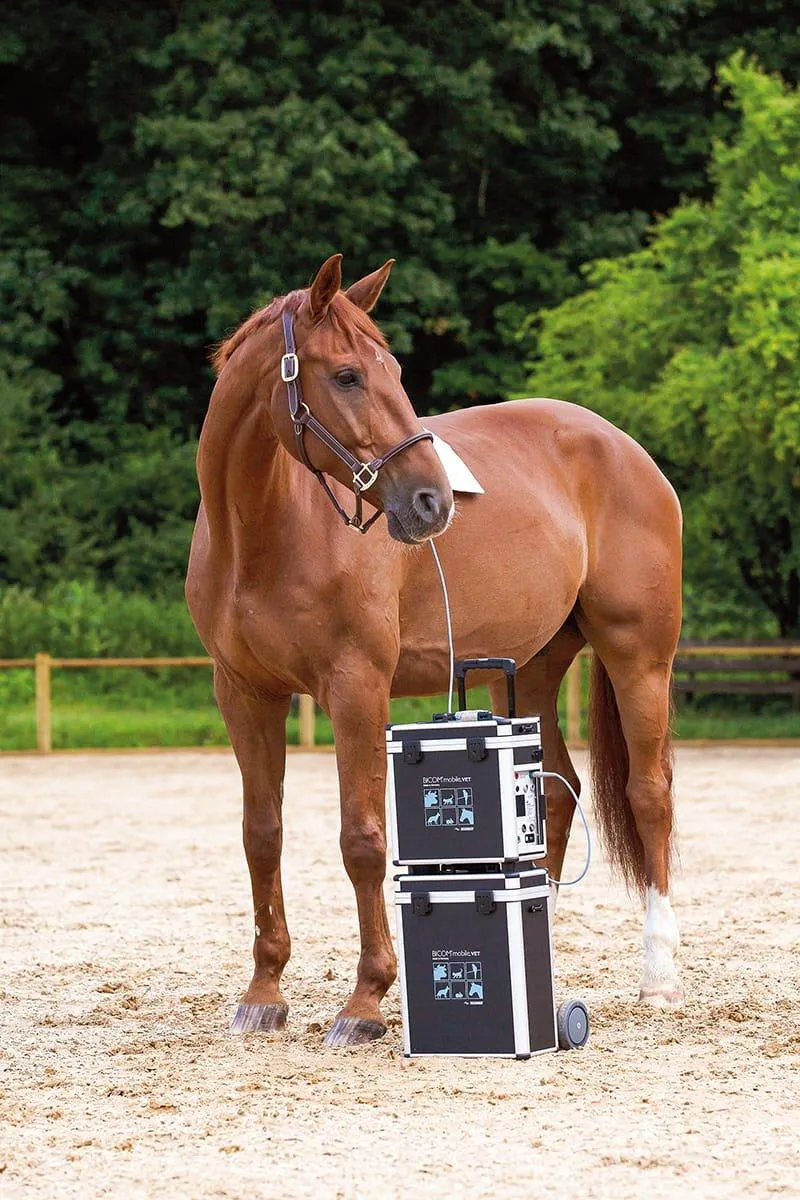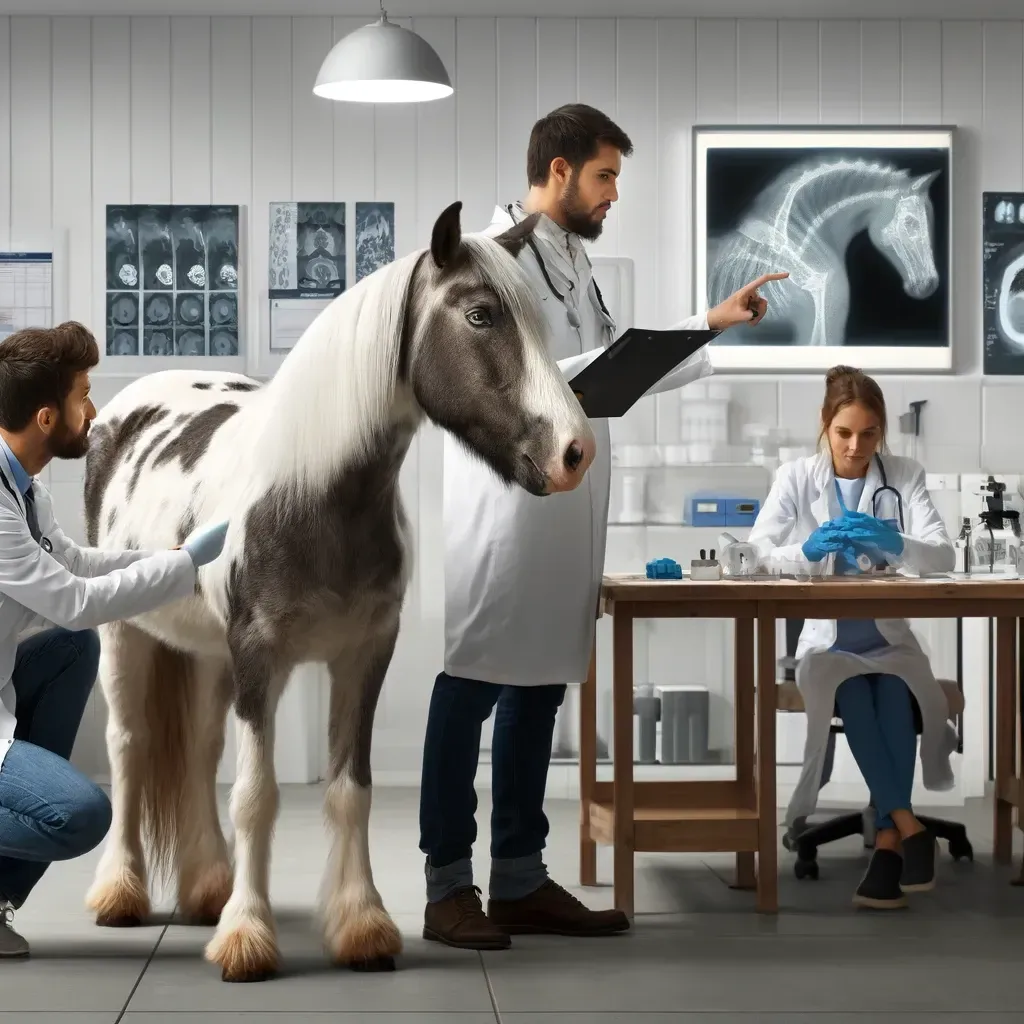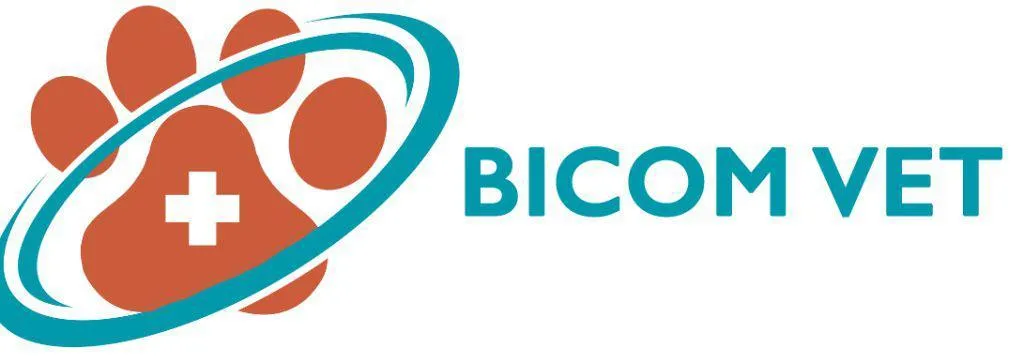Welcome to our veterinary page!
in this section, you can discover what bioresonance therapy is and how it can be a useful tool to enhance your veterinary practice.
Bioresonance therapy is an alternative treatment method that uses electromagnetic frequencies to address imbalances in the body. When applied to animals, it can help to alleviate a range of health conditions by promoting natural healing processes. This non-invasive therapy is gaining popularity among pet owners who are looking for safe and effective ways to support their animal’s well-being. Learn more about bioresonance therapy for animals and how it may benefit your furry friend.
Bioresonance has long been used to identify and target the root cause of a variety of health problems in people. More recently, this technology has also been applied to pets and other animals with much success. BICOM® bioresonance therapy can be used in the treatment of various types of animals, including, Dogs, Cats, Horses, Rodents, Birds and more.



Would you like to know more?
A range of experiences, research and scientific studies into the efficacy of bioresonance treatment can be found on our Blog section. This is where you can view the latest findings and articles about therapy with the BICOM® or browse the article archives.
You can also learn more about the features of the specific devices in the BICOM® range through our therapy machine page. This can help you to see which product will suit you, your clients and your practice best.

Case study: Mare with cancer
Custom HTML/CSS/JAVASCRIPT
Client Name: Dr med. vet. Ferdinand Denzinger
“Over the course of the treatment the sarcoids which had not been operated on turned black and fell off.”
Some 5 years ago I treated a 10-year-old mare, a hopeless case, with her foal at her side. She had a tumour the size of a child’s head on her nostrils which had grown over the course of several years. Whenever the animal ate, this tumour bled so that its stall was covered in blood and looked like an abattoir. There were also five other smaller sarcoids spread over its body. The owner intended to have the mare put down once the foal was weaned.
I treated her as follows. I first surgically removed the large tumour on her nose. I had to cut into the tumour tissue as otherwise I would have had to remove her whole nose and the front part of her muzzle.
I used small pieces of tumour in the BICOM® therapy. Since bioresonance therapy works with the body’s or substance’s natural frequency patterns, I placed tumour tissue in what is known as the input cup (see diagram). This input cup is connected to the BICOM® device by cables which allows information from this tumour tissue to be fed into the device. The information from the tissue was inverted (shifted in mirror image) with a pre-installed program and fed back to the horse in amplified form as therapy oscillations via an output applicator.
Several other programs stored in the BICOM® device, such as “toxin elimination” and “lymph activation,” for example, were also used.
A total of eight BICOM® treatment sessions were needed. The first two sessions took place on two consecutive days. I then treated the animal weekly and later just once a month.
Over the course of the treatment the sarcoids which had not been operated on turned black and fell off. The wound from the operated tumour also healed well. It took about six months for everything to heal fully!
This mare is still alive and has produced a healthy foal each year. The owner is extremely grateful as this is a valuable breeding mare. He is naturally enthusiastic and has had other horses treated since then. He has also told other breeders what happened and they have also consulted me as a result.
I urge all colleagues to have the courage to try new avenues. BICOM® treatment carries no risk. I have had nothing but positive experience. Think of the success you could achieve. So have faith!

Treatment strategy for eliminating harmful influences

Facebook
Instagram
Mail